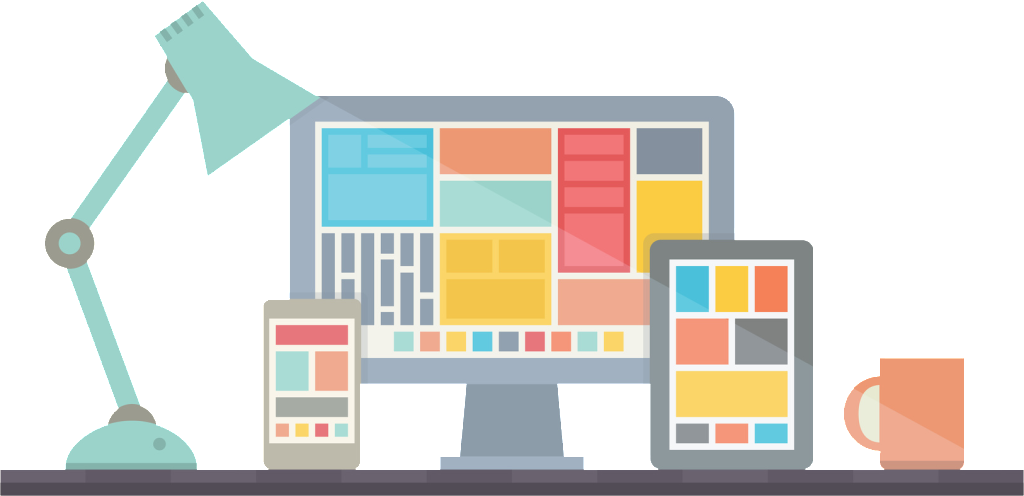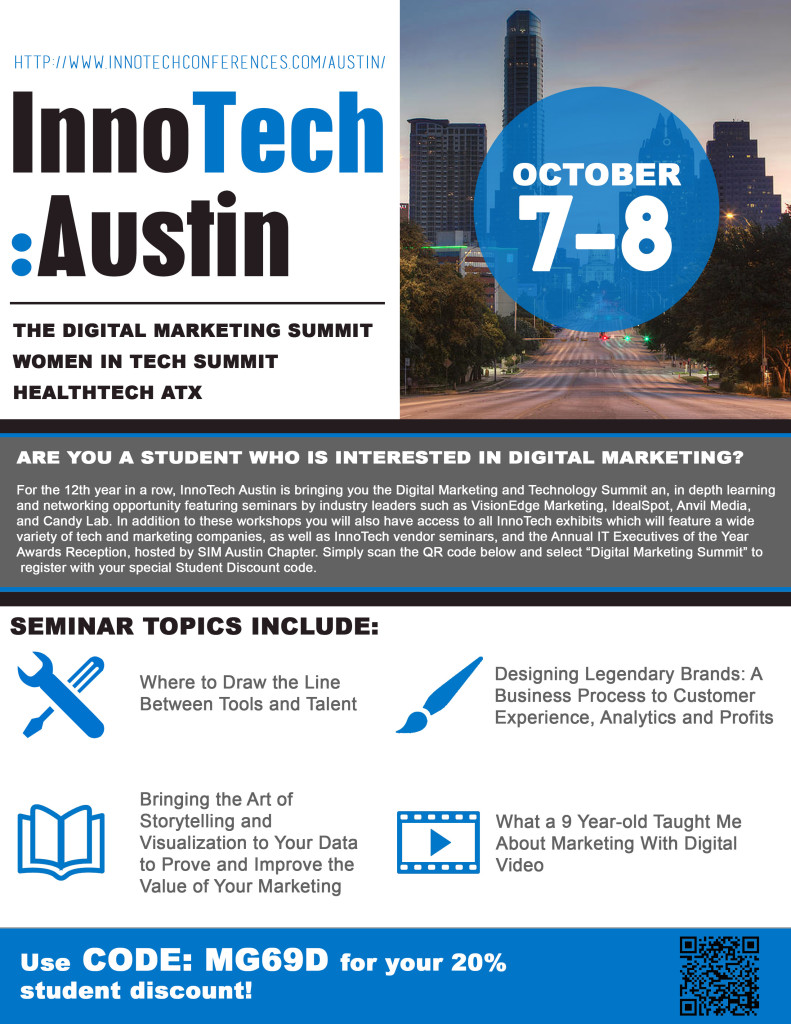In the age of infobesity, it’s more important than ever for companies to generate and pump out killer content that stimulates and engages audiences. In fact, seventy percent of marketers have claimed that they are pumping out drastically more content this year than they have in recent years. Without hesitation I can guarantee you that most of the content that will be pushed out will be of a visual nature. In the constantly evolving landscape of digital marketing, visual content is more important than ever. The advent of ad-blockers has given us an opportunity to rethink how we approach the development of advertisements on the internet, giving reign and incredible importance to visual approaches such as site fabric integrated infographics, videos, comics, photos, memes, and more, and it’s about time. In a recent Forbes article documenting the rise of visual content, it is noted that in “the case of reading, our brain decodes visual information 60,000X faster than text.” Youtube has already surpassed Yahoo and Bing to become the 2nd largest search engine in the world and it’s precisely because visual content and storytelling, again, are more important than ever when it comes to marketing. So, how do marketers take advantage of visual content? What follows is a list of my top 5 visual content webinars from Youtube that you can use to understand, develop and supercharge you visual strategy.
1. Visual Content Marketing: Capture and Engage Your Audience by Marketo
2. Social Media Visual Content Webinar with Guy Kawasaki, Peg Fitzpatrick & Mari Smith! by Mari Smith
3. How to Easily Discover Great Visual Content for Facebook by Post Planner
4. Westchester Digital Summit – Seeing is Believing, The Power of Visual Content by Westchester Digital Summit
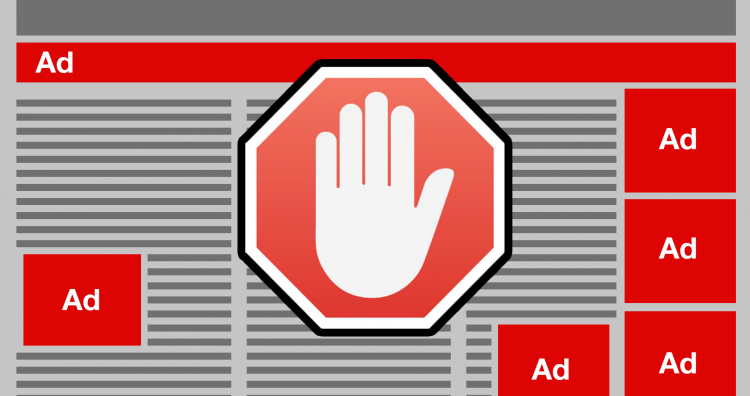
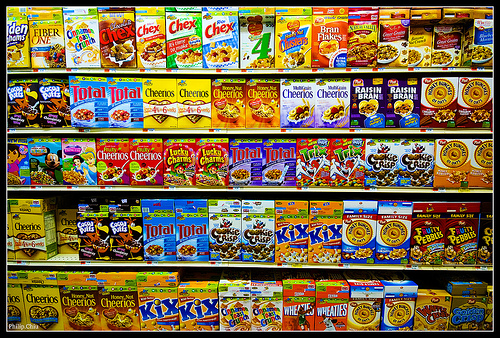
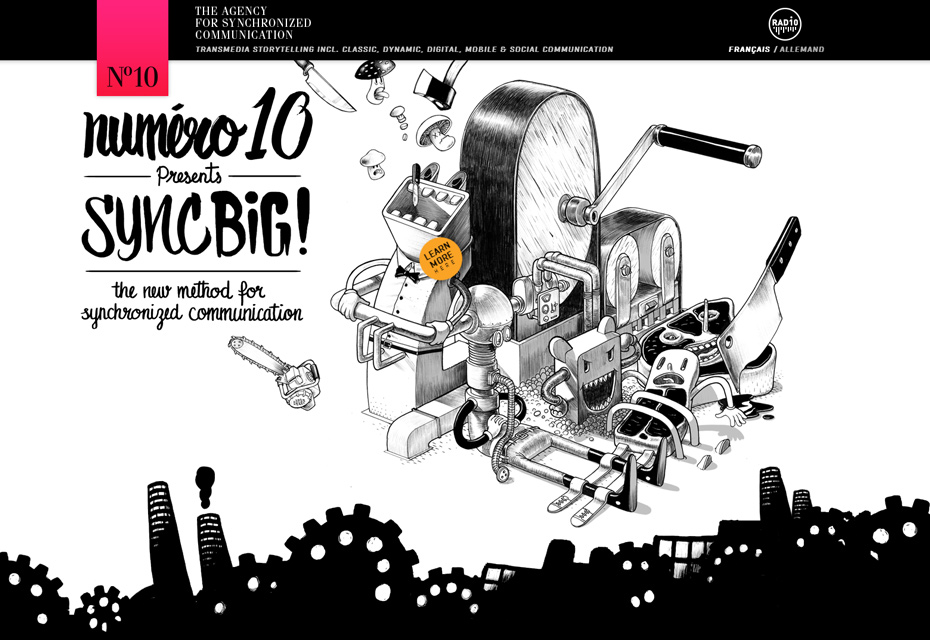
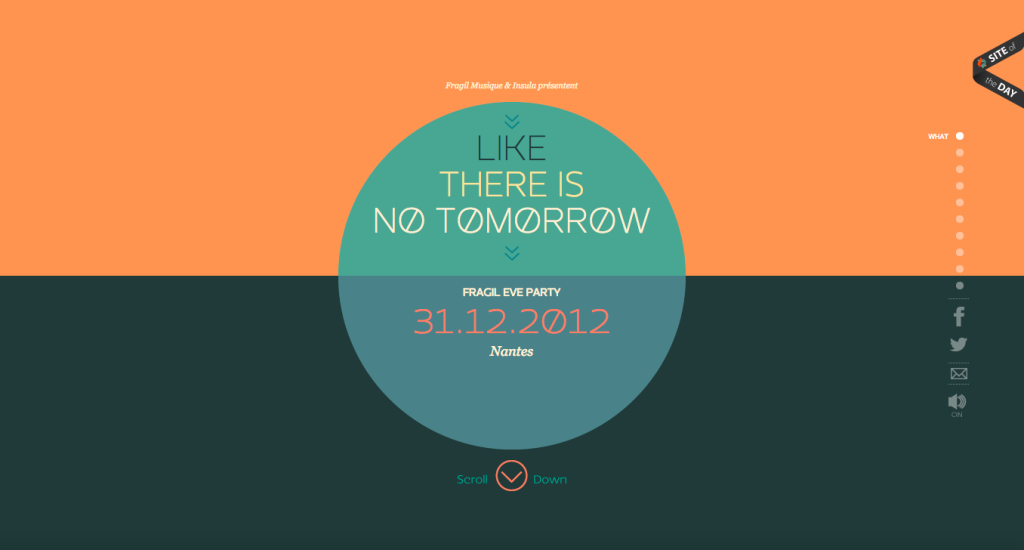
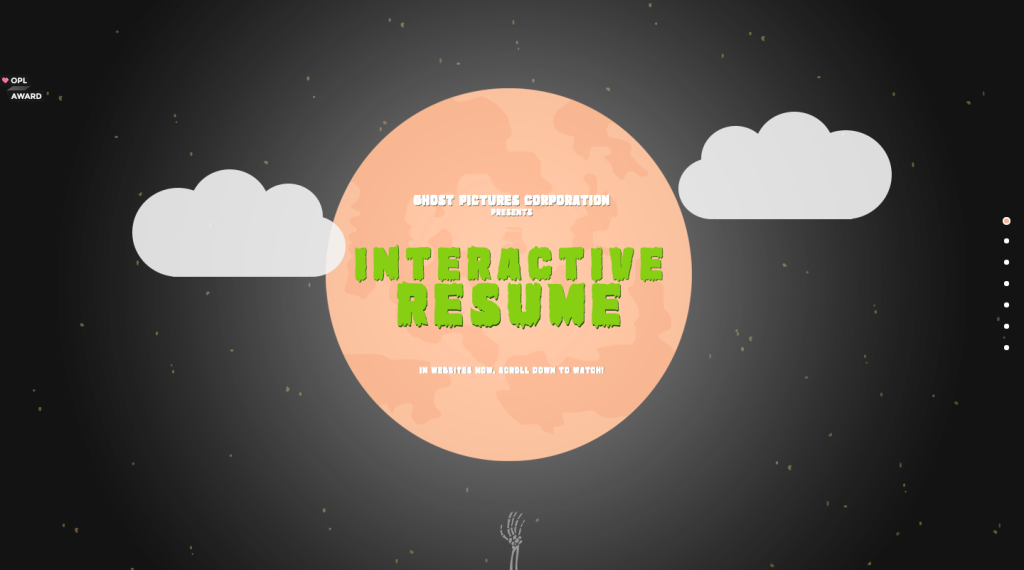
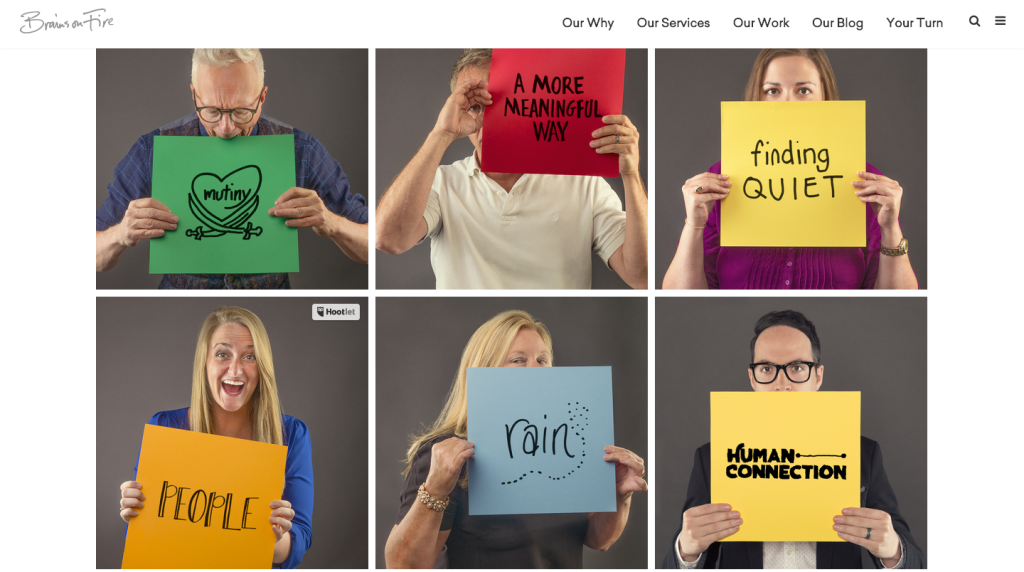
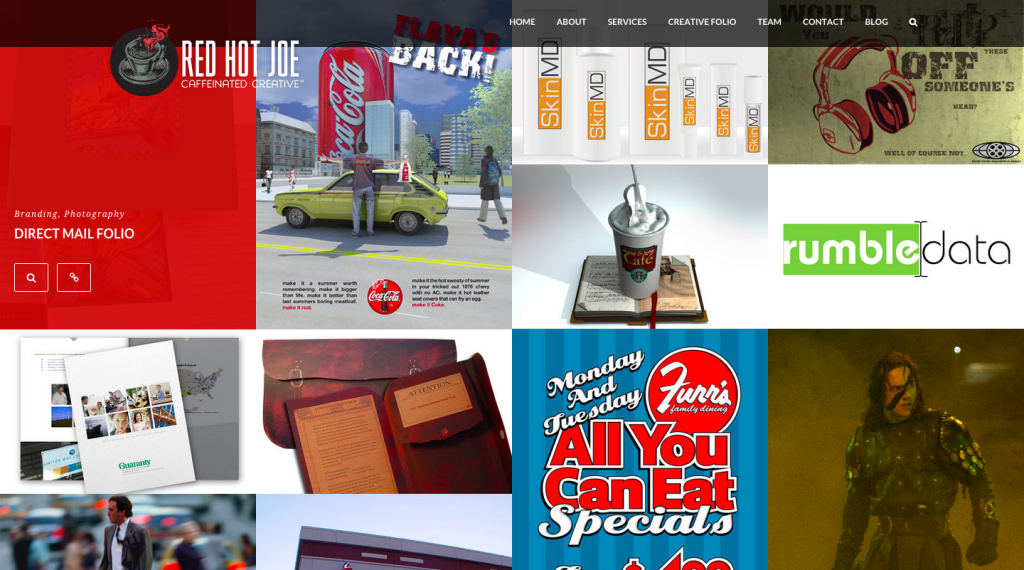
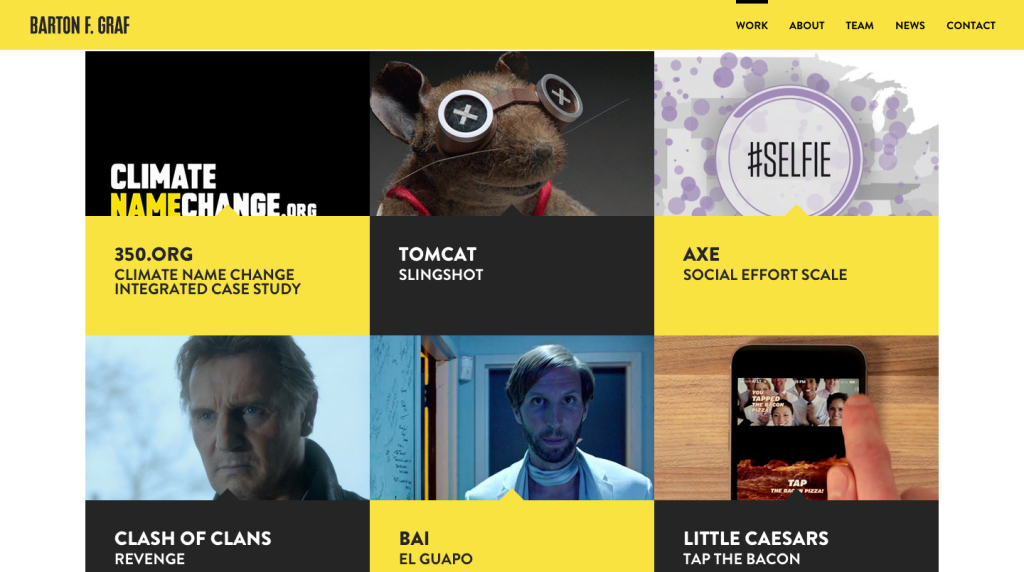
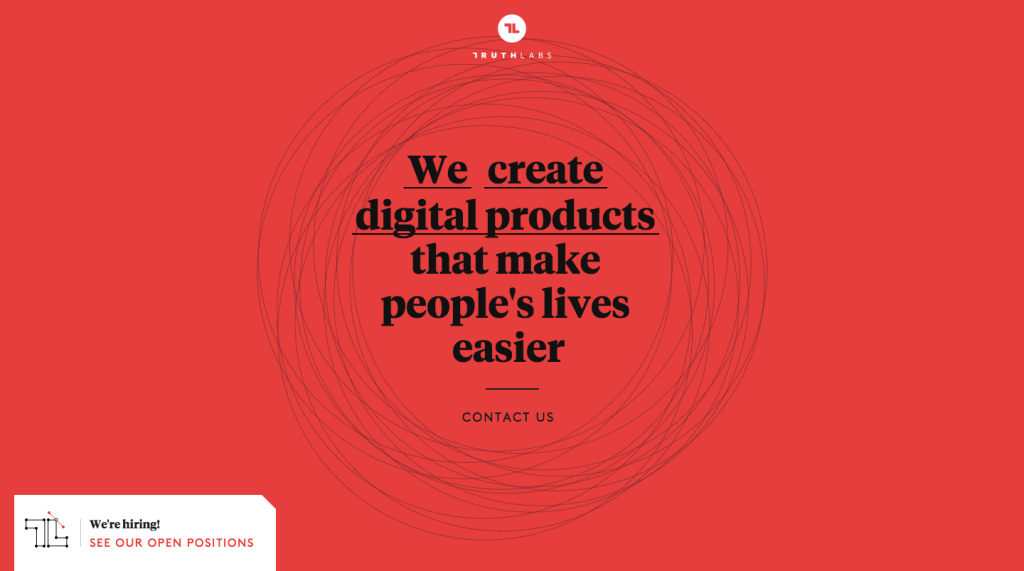
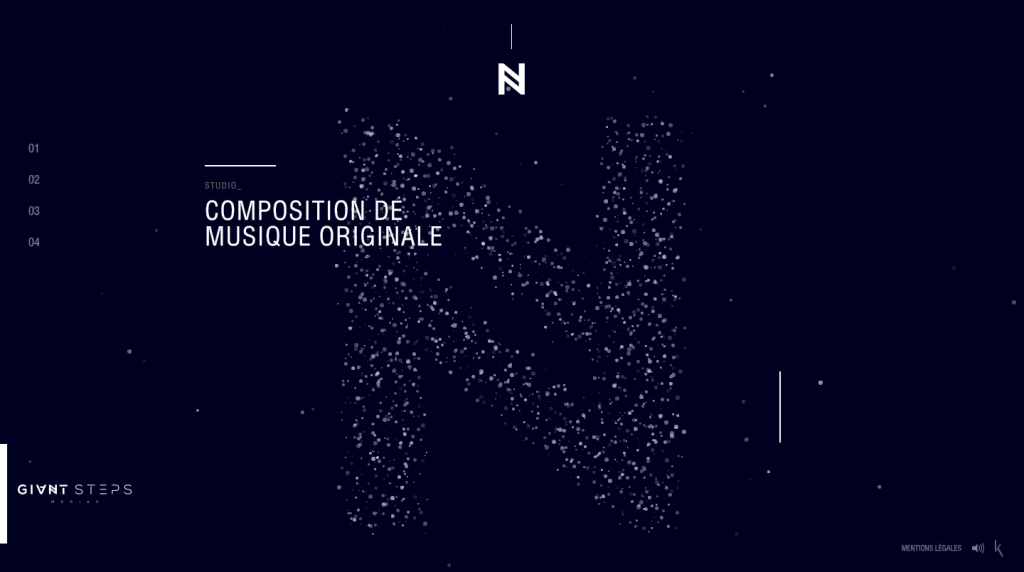
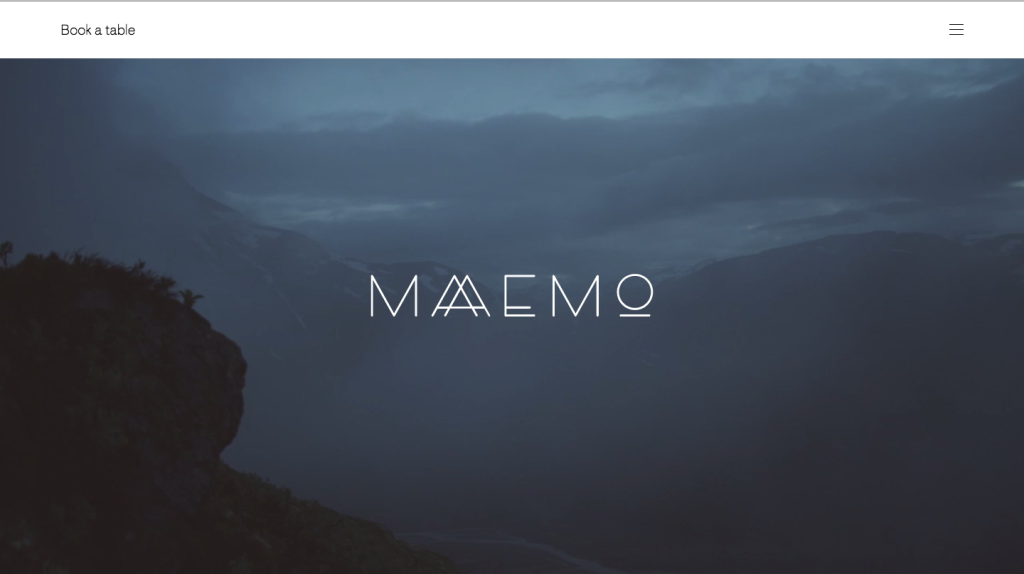 image via http://maaemo.no/
image via http://maaemo.no/